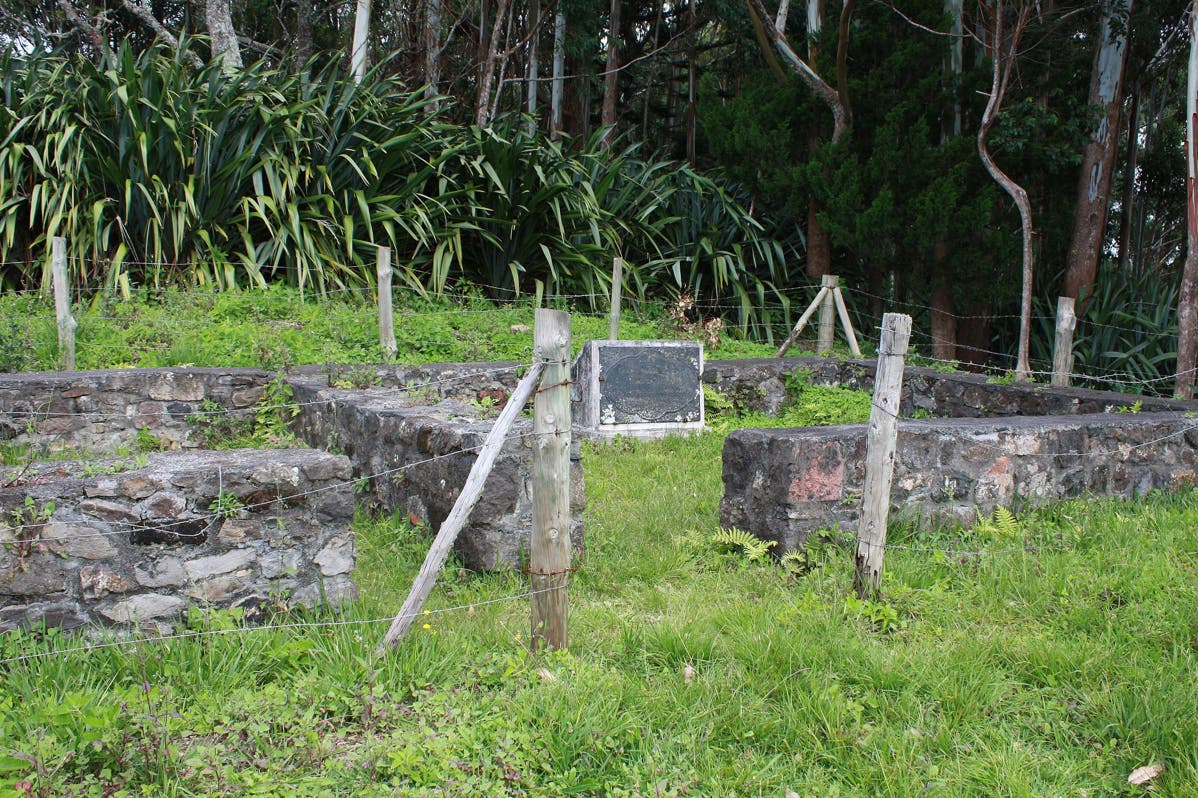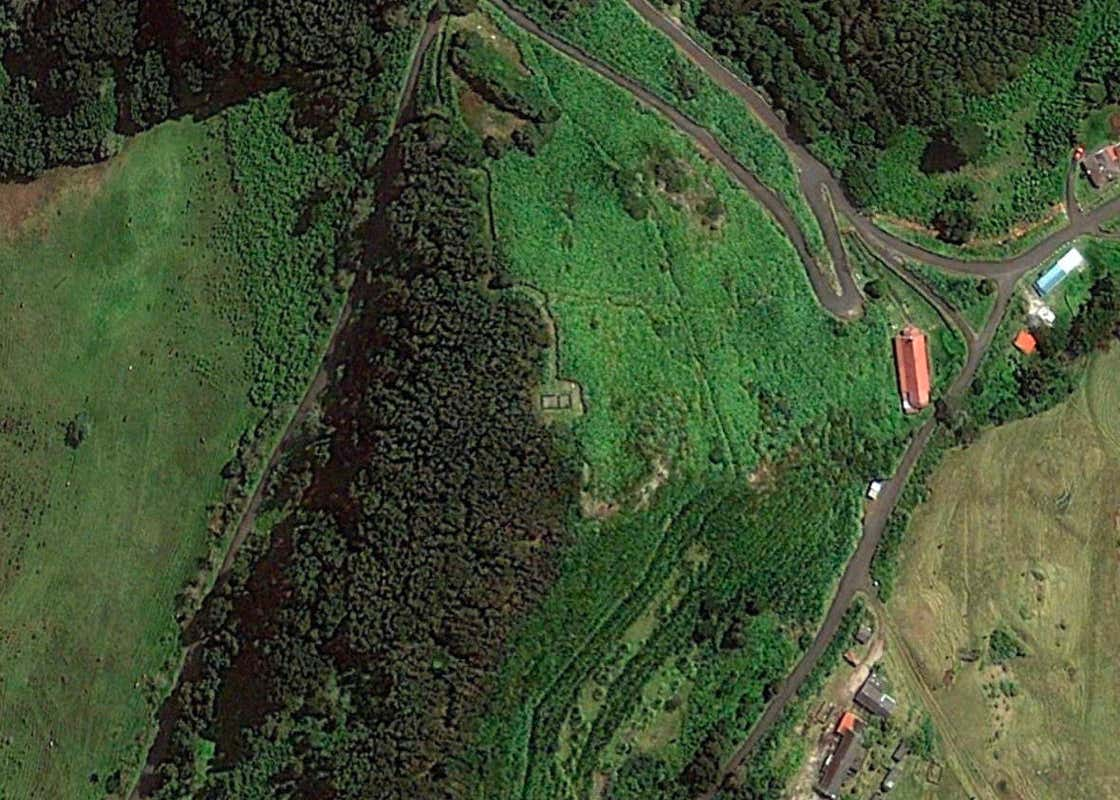Edmond Halley’s southern star catalogue
First accurate survey of the southern sky
In February 1677 Edmond Halley (1656–1742), a 20-year-old Oxford student, arrived on the British-owned island of St Helena in the south Atlantic to survey the southern stars. The result was the first star catalogue ever compiled with the aid of a telescope, accompanied by the first reliable chart of the southern hemisphere of the sky. Nestling among the pre-existing southern constellations on Halley’s chart was a new figure of his own devising, Robur Carolinum, Charles’s Oak, to honour his monarch, Charles II of England.
Why did Halley go south? At the end of the previous century Tycho Brahe had painstakingly measured the coordinates of almost a thousand stars visible from northern Europe. These were naked-eye observations made with simple sighting instruments because the telescope was not invented until after Tycho’s death. Halley’s mentor John Flamsteed, appointed in 1675 by King Charles II as the first Astronomer Royal at Greenwich, was embarking on a more accurate and extensive survey of the northern stars with the aid of a telescope. But the southern skies remained less well known and Halley saw his chance to make an impact on astronomy and navigation by extending Flamsteed’s new survey down to the southern celestial pole.
At that time, the only observations of the southern stars were the rough and incomplete listings by the Dutch navigators Pieter Dirkszoon Keyser and Frederick de Houtman made three-quarters of a century earlier. Halley decided that St Helena, at latitude 16° south and served by ships of the East India Company, was the most convenient spot from which to observe. He knew that in 1677 there would be eclipses of both the Sun and the Moon plus a transit of Mercury across the face of the Sun visible from St Helena and he wanted to observe them all. So he left Oxford before completing his degree to get to the island in time.
Halley on St Helena
Halley set sail from London in late October or early November 1676 (no one is quite sure which), taking with him a large sextant with telescopic sights plus a smaller quadrant and a number of refracting telescopes, all paid for by his father who was a wealthy soap manufacturer in London.
His instruments were excellent and he was skilled in using them, having observed with Flamsteed while at Oxford. But in other ways he was under-prepared. He had no clear idea of the terrain of St Helena or its climate. As it turned out, the weather on the island was far cloudier than he had hoped, allowing no more than an hour’s observing per night. Even when it was clear, he complained that his instruments and notebook rapidly became soaked with dew.
Site of Halley’s observatory on St Helena
Some low stone walls on a ridge called Halley’s Mount near the centre of the island are all that remains of Halley’s observatory on St Helena (see this satellite view). The observatory itself was the room on the right of the picture above; the walls at the left are thought to have been added in 1803 when the site became a signalling station.
A plaque was erected in 1977, visible near the centre of this picture. The inscription on it reads: ‘The site of the observatory of Edmond Halley. He came to catalogue the stars of the southern hemisphere 1677–1678.’
(Photo courtesy Pauline and John Grimshaw)
Halley did not say exactly where he set up his observatory, but it is thought to have been on a ridge now called Halley’s Mount near the centre of the island, where low stone walls outlining two rooms can still be found (see photograph). The westernmost of the two rooms (to the right of the photograph) was probably the site of the observatory itself, and is where a commemorative plaque is now placed. The other room is thought to have been added in the early 19th century when the site was adapted for use as a signalling station.
Halley spent just over a year observing on St Helena. He was back in London sometime in May 1678 and was quick to get his results into print. He drew up a star chart which was printed by July 1678. In November Robert Hooke presented this chart and the finished catalogue to the Royal Society, which elected him to membership that same month. Halley’s results were published early in 1679 in Catalogus Stellarum Australium, subtitled ‘Supplementum catalogi Tychonici’ (Supplement to the Tychonic catalogue). Flamsteed obligingly termed him ‘our southern Tycho’.
Halley’s catalogue
Halley’s catalogue contained 341 stars, far fewer than he must originally have hoped for. Even so, the only way he was able to measure positions for that many in the course of just one year (February 1677 to February 1678) was to take some of Tycho’s best-determined stars as his reference points. Halley’s observations were considerably more accurate than Tycho’s, because he used a telescope, but the overall reliability of his catalogue was restricted by errors in the positions of the reference stars.
Flamsteed’s assistant Abraham Sharp (1653–1742) later recalculated the coordinates of Halley’s stars using Flamsteed’s improved reference positions, and published the results in 1725 as a supplement to Flamsteed’s posthumous Catalogus Britannicus, thereby turning that work into the first all-sky catalogue. (This supplement included only those stars not already catalogued by Flamsteed, which amounted to 265.) Halley’s original aim of producing a southern extension to Flamsteed’s great work was thus fulfilled – although, in a cruel twist, Halley’s name was not mentioned because he had in the meantime fallen out with Flamsteed and his associates after publishing an unauthorized version of Flamsteed’s catalogue in 1712.
Halley’s chart and catalogue contained a patriotic addition to the southern sky: a constellation called Robur Carolinum, Charles’s Oak. This commemorated the tree in which King Charles II had hidden to escape the Parliamentary forces after his defeat at the Battle of Worcester in 1651. Halley formed it from stars that had previously been part of Argo Navis, the ship. Not many other astronomers adopted Robur Carolinum, although it did appear on the charts of the Polish astronomer Johannes Hevelius, who became good friends with Halley. The other constellations listed by Halley were all pre-existing (see table below).
Because of bad weather during his stay on St Helena, Halley was able to observe only one star in Piscis Austrinus (first-magnitude Fomalhaut), and did not manage any stars in Indus at all. Six stars of Lupus were observed while at sea, presumably on the way home, so their positions are less accurate.
Sometimes it is said that Halley discovered the globular cluster Omega Centauri, but this is not strictly true. He did describe his 21st entry in Centaurus as a nebula, but it had already been included by Ptolemy in the Almagest as a 5th-magnitude star without mention of any nebulosity. Halley was, though, the first to record the peculiar variable star we now know as Eta Carinae, which was then of 4th magnitude. It formed part of Halley’s Robur Carolinum.
For more about the accuracy of Halley’s catalogue, see Early star catalogues of the southern sky by Frank Verbunt and Robert van Gent (2011).
Constellations in Halley’s southern catalogue
The first figure is the number of stars observed by Halley in each constellation.
The figure in brackets is the number of these stars that were included in the southern supplement to Flamsteed’s Catalogus Britannicus
Scorpius
Sagittarius
Eridanus
Canis Major
Piscis Austrinus [Note 1]
Columba Noachi
Argo Navis
Robur Carolinum
Hydra
Centaurus [Note 2]
Lupus [Note 3]
Ara, Thuribulum
29 (9)
21 (4)
30 (15)
5 (0)
1 (0)
10 (10)
46 (42)
12 (12)
5 (0)
35 (30)
23 (19)
9 (9)
Corona Australis
Grus
Phoenix
Pavo
Apus Avis, Indica [Note 4]
Musca Apis
Chamaeleon
Triangulum Australe
Piscis Volans
Dorado, Xiphias
Toucan, Anser Americanus
Hydrus
12 (12)
13 (13)
13 (13)
14 (14)
11 (11)
4 (4)
10 (10)
5 (5)
8 (8)
6 (6)
9 (9)
10 (10)
Notes:
1. This star (Fomalhaut) is appended to the entry on Canis Major.
2. Includes four stars of the modern Crux.
3. The last six stars catalogued in Lupus were observed while at sea.
4. The comma is positioned as printed in the catalogue. It is evidently a typographical error and the name should read ‘Apus, Avis Indica’. The typo was corrected by Abraham Sharp in his edited version of the catalogue.
The total number of entries in the catalogue is 341, across 24 constellations. Halley adopted all the 12 new southern constellations invented by Keyser and de Houtman, but only 11 appear in the catalogue because weather prevented him from observing any of the stars in Indus. Indus does, though, appear on Halley’s southern sky chart. Of the remaining constellations in the catalogue, 11 are Ptolemaic, one (Columba) was an invention of Plancius, and Robur Carolinum was Halley’s own invention.
Abraham Sharp, assistant to John Flamsteed, recalculated the positions of Halley’s stars to create a southern supplement for Flamsteed’s Catalogus Britannicus (1725). Sharp included in the supplement only those stars which Flamsteed had not observed, 265 in all. However, Halley was not credited as the original observer.
© Ian Ridpath. All rights reserved
Satellite view of Halley’s observatory on St Helena. The remains of the stone walls are visible near trees at the centre. (Google Earth)

